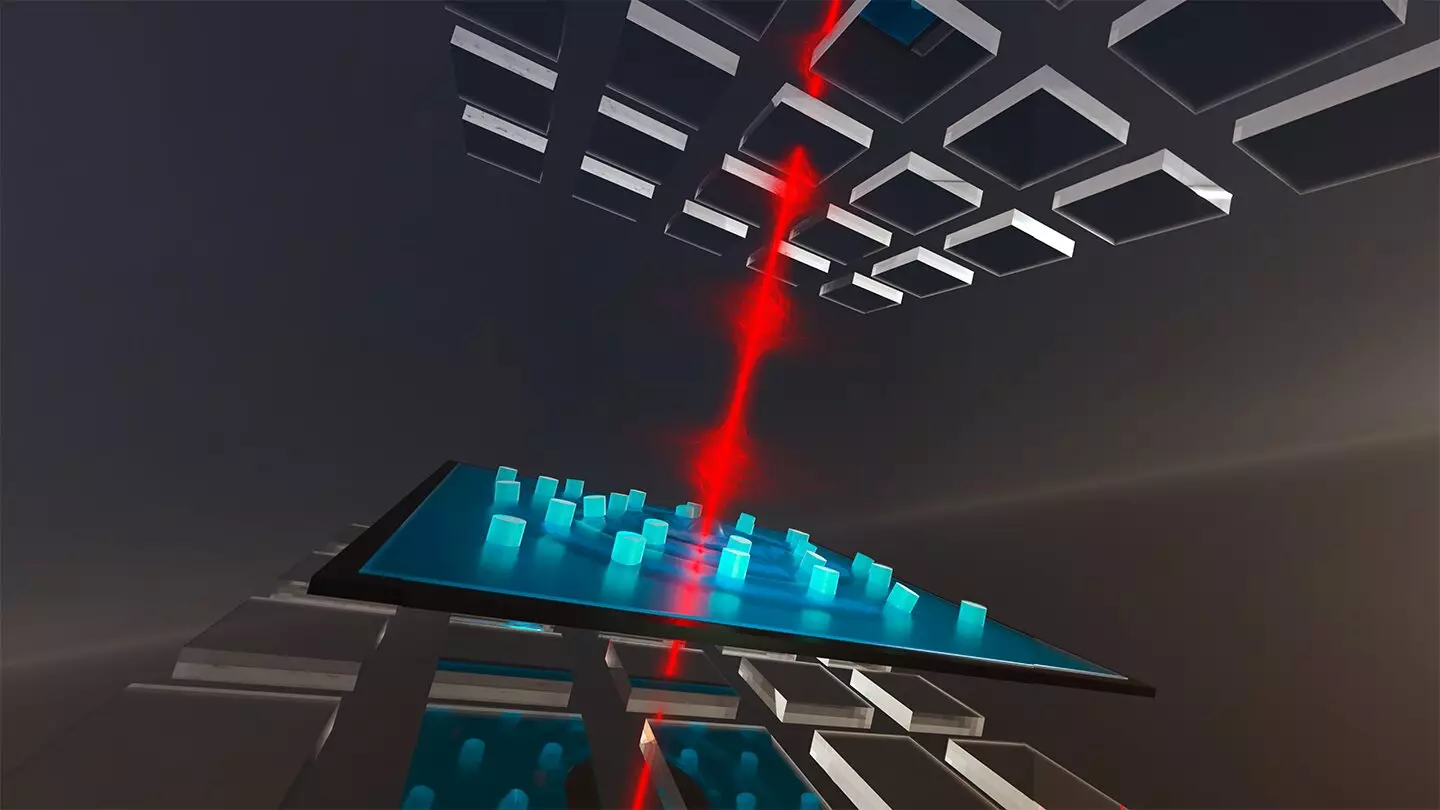The realm of quantum mechanics has long been characterized by the challenge of observing and controlling quantum phenomena at room temperature. The traditional approach has confined such observations to environments near absolute zero, where quantum effects are more easily detected. This limitation has greatly hindered the practical applications of quantum technologies. However, a groundbreaking study led by Tobias J. Kippenberg and Nils Johan Engelsen at EPFL has now redefined the boundaries of what is possible. By blending quantum physics and mechanical engineering, the researchers have achieved control of quantum phenomena at room temperature, opening up new avenues for exploration and innovation.
In their experimental setup, published in Nature, Kippenberg and Engelsen created an ultra-low noise optomechanical system that allowed them to study and manipulate the interaction between light and moving objects with high precision. The main obstacle at room temperature is the presence of thermal noise, which disrupts delicate quantum dynamics. To overcome this challenge, the scientists utilized cavity mirrors that bounce light back and forth within a confined space, or cavity. This “traps” the light and enhances its interaction with the mechanical components in the system. The mirrors were patterned with crystal-like periodic structures to minimize thermal noise and optimize the performance of the system.
A crucial component of the experimental setup was a 4mm drum-like device called a mechanical oscillator. This mechanical oscillator interacts with light inside the cavity and plays a pivotal role in isolating the system from environmental noise. Its relatively large size and design enable the detection of subtle quantum phenomena at room temperature. The development of such well-isolated mechanical oscillators is the result of years of effort and represents a significant advancement in the field of precision sensing and measurement.
By leveraging their novel optomechanical system, the researchers were able to achieve “optical squeezing” at room temperature. Optical squeezing is a quantum phenomenon where certain properties of light, such as its intensity or phase, are manipulated to reduce fluctuations in one variable while increasing fluctuations in another, as dictated by Heisenberg’s principle. The demonstration of optical squeezing at room temperature showcases the effective control and observation of quantum phenomena in a macroscopic system without the need for extremely low temperatures.
The breakthrough in room temperature quantum optomechanics holds immense implications for the field of quantum technology. By eliminating the need for extreme cold, the researchers have expanded access to quantum optomechanical systems, which serve as critical testbeds for quantum measurement and mechanics at the macroscopic level. The ability to operate such systems at room temperature paves the way for new hybrid quantum systems, where the mechanical oscillator can interact strongly with diverse objects, such as trapped clouds of atoms. This development opens up new possibilities for research and the practical application of quantum technologies.
Tobias J. Kippenberg, Nils Johan Engelsen, and their team at EPFL have made a groundbreaking advancement in the realm of quantum mechanics by achieving control of quantum phenomena at room temperature. Their innovative optomechanical system, which minimizes thermal noise through cavity mirrors and relies on well-isolated mechanical oscillators, enables the observation and manipulation of quantum effects in a macroscopic system. This breakthrough not only redefines the boundaries of what is possible in quantum optomechanics but also expands access to these systems and opens up new avenues for exploration and innovation. As the field of quantum technology continues to evolve, the advancements made by Kippenberg and Engelsen will undoubtedly have a profound impact on the future of quantum technologies and our understanding of the quantum realm.


Leave a Reply